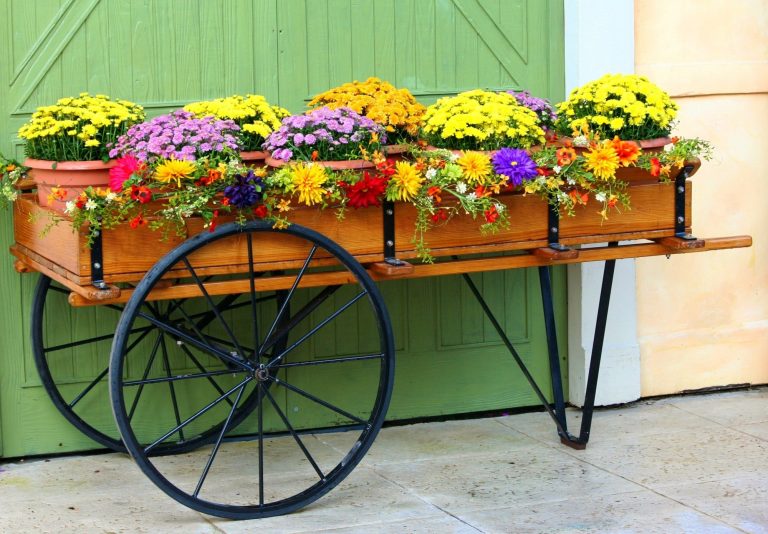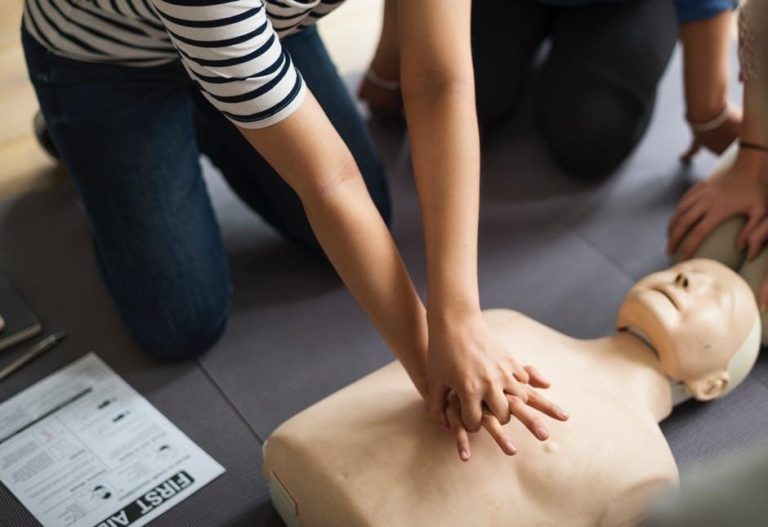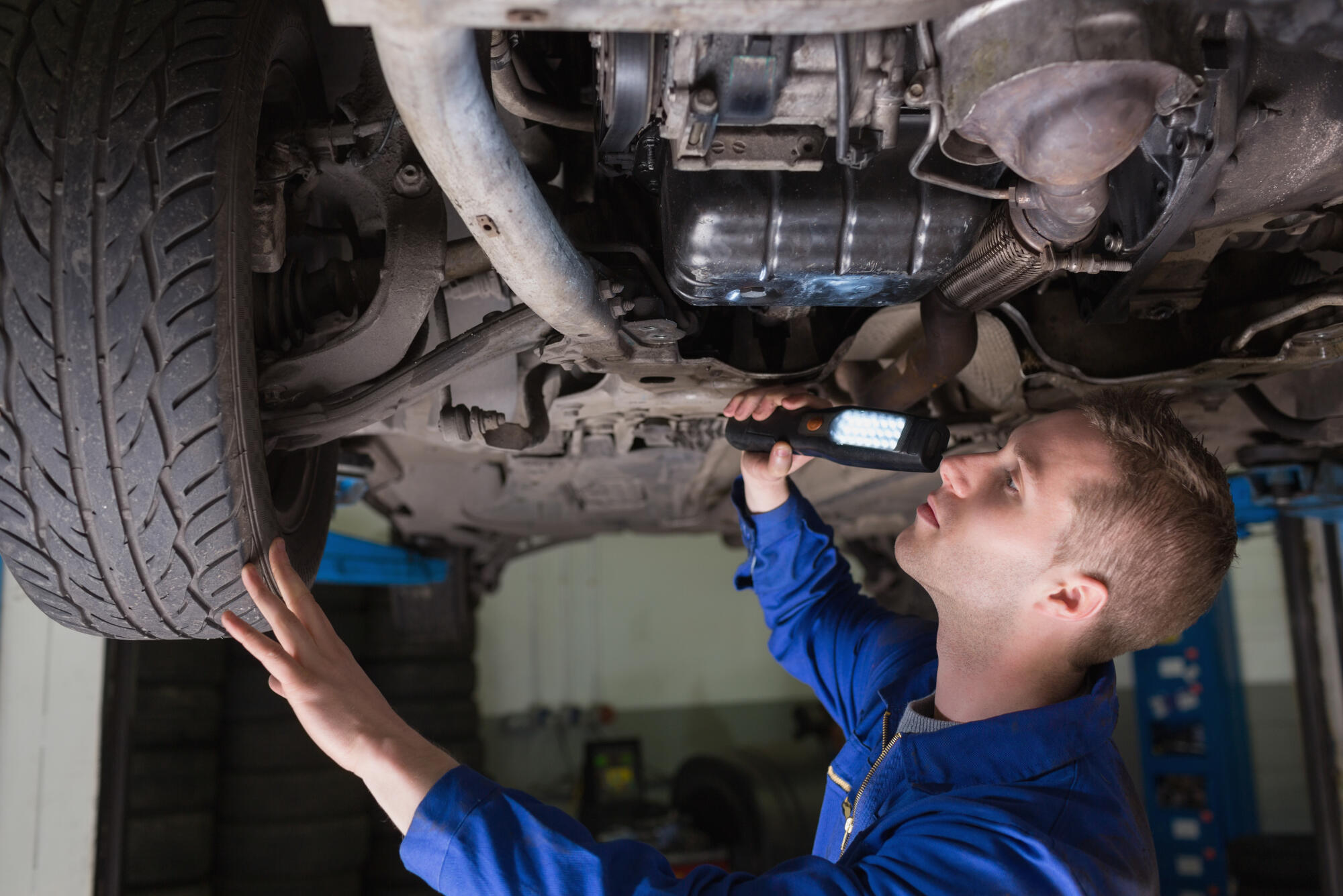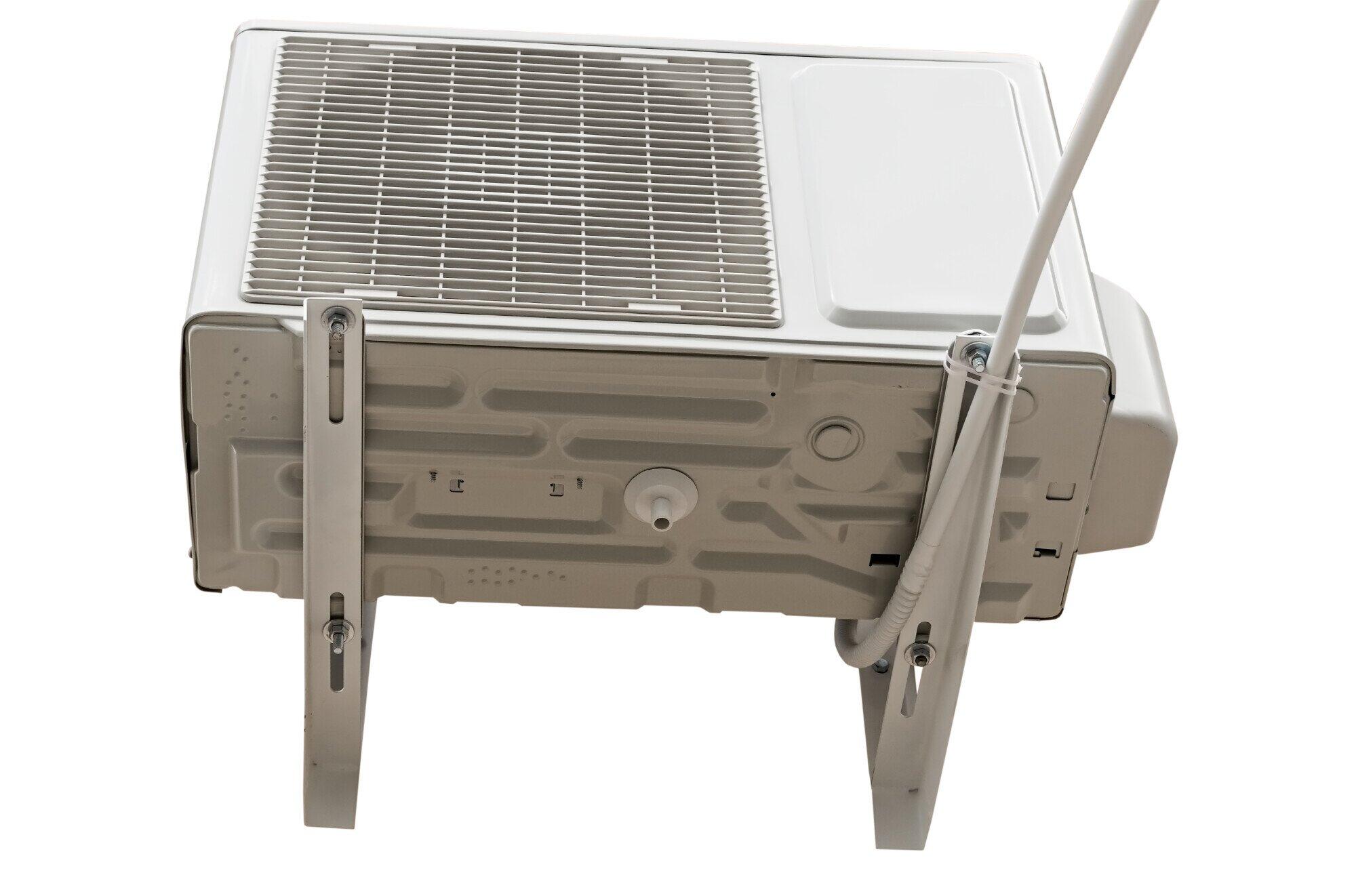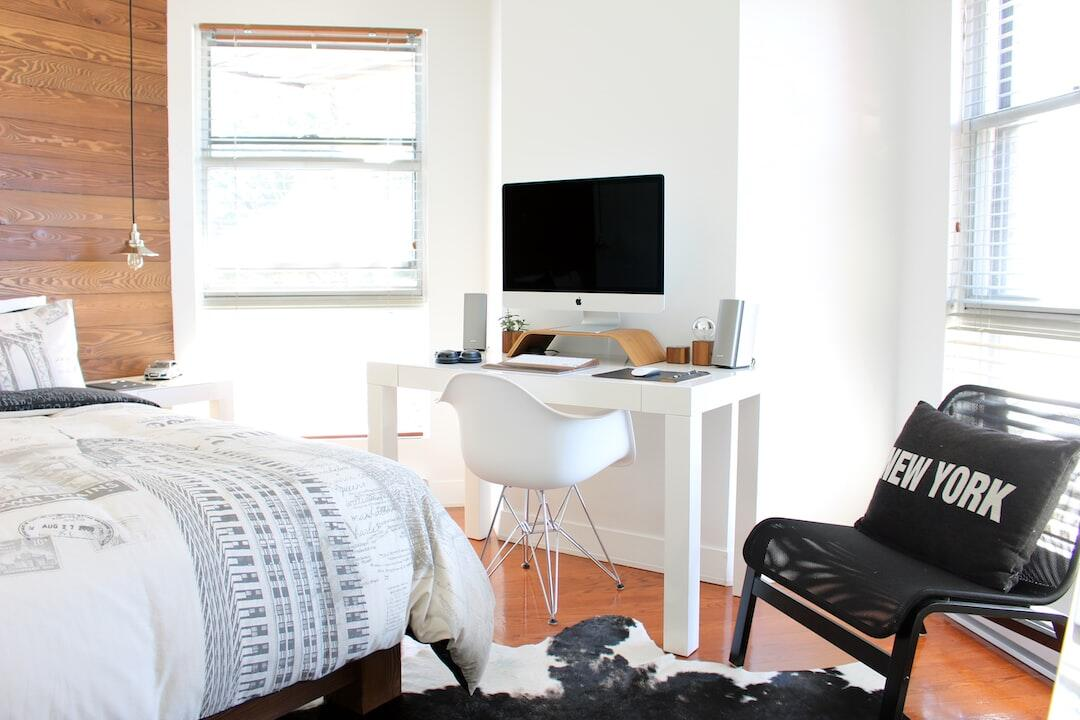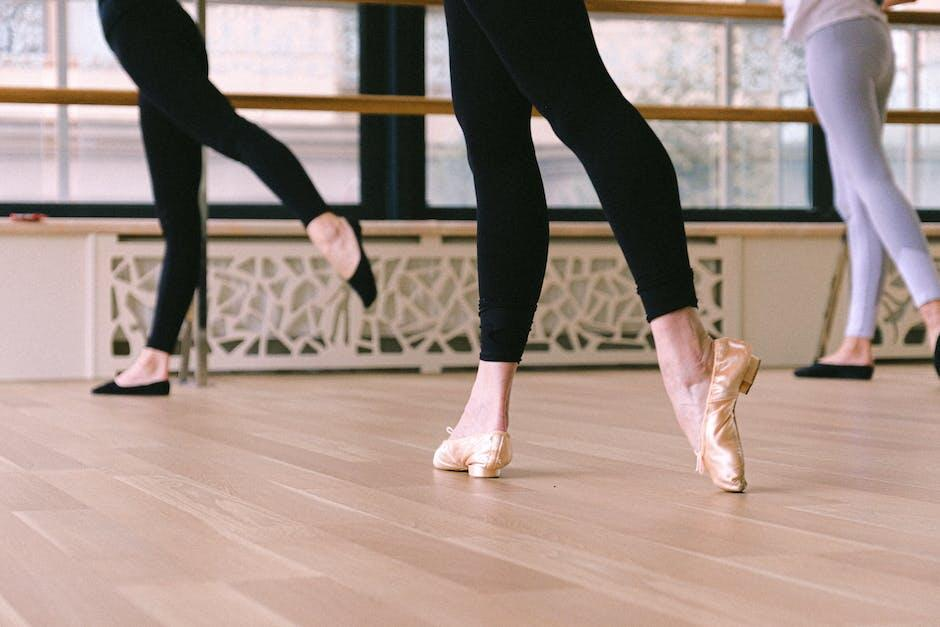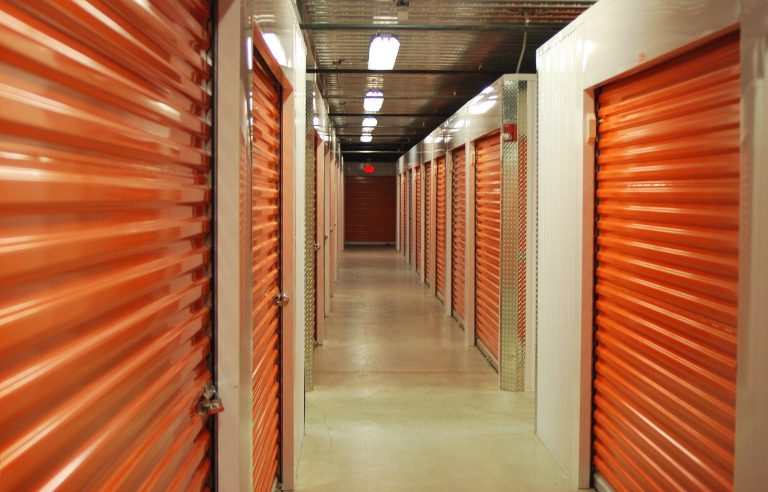Grace, strength, and discipline come together in the art of ballet. Behind every elegant performance are hours of careful training, built on tools that guide each movement. Among those tools, the barre stands as a quiet partner, offering balance and support while dancers stretch, strengthen, and refine their craft.
The quality of this equipment matters. A strong, well-made barre is not only a tool for practice-it is also a safeguard for the dancer’s body. Keep reading to learn how choosing the right barre supports safe and effective training.
Table of Contents
The Role of the Barre in Ballet
The barre is often the first touchpoint in any ballet class. It steadies beginners learning posture and aids experienced dancers refining technique. Movements practiced at the barre help build muscle memory, improve balance, and prepare the body for more complex steps.
Without this foundation, progress slows, and injury risk rises. The barre may appear simple, but it holds a central place in every dancer’s journey.
Why Quality Matters
Not all barres are created equal. A poorly built one can wobble, shift, or even collapse during practice. This not only interrupts training but can cause harm. A high-quality barre, by contrast, offers steady support, smooth surfaces, and the right height for proper posture.
Dancers need to trust their barre fully so they can focus on movement without distraction or fear. Safety begins with equipment, and in ballet, the barre is at the heart of that safety.
Materials and Construction
The strength of a barre comes from its materials. Wood, steel, and aluminum are common choices, each with unique benefits. Wood gives a classic look and warm feel in the hand.
Steel and aluminum provide durability and strength with a lighter weight for portability. No matter the material, what matters most is solid construction. Joints should be tight, surfaces smooth, and bases strong enough to stay steady during demanding practice.
Stability for Training
Stability is a non-negotiable quality for safe training. A barre that wobbles undermines balance and makes precise movements harder. Stability depends on design-whether the barre is wall-mounted or freestanding.
Wall-mounted options offer firm support, while freestanding ones bring flexibility for different spaces. For group classes, stability ensures that several dancers can use the barre at once without risk. Trust in the barre allows dancers to train with focus and confidence.
The Importance of Height
Height is another key factor in safe practice. A barre set too low or too high can strain posture, leading to discomfort or injury over time. Adjustable barres are valuable in studios where dancers of different ages and heights train together.
For young students, proper height ensures they learn alignment correctly from the start. For advanced dancers, it supports refined work without placing stress on the body.
Comfort and Grip
The feel of the barre matters too. A surface that is too rough can cause irritation, while one too slippery can disrupt grip. High-quality ballet barres balance smoothness with enough texture for secure hold.
This allows dancers to move fluidly, shift hand positions, and focus on technique instead of adjusting to the surface. Comfort in the hand builds confidence in movement.
Portability and Flexibility
Many dancers train in studios, but others may practice at home or in temporary spaces. For them, portability becomes essential. Lightweight yet sturdy barres can be moved easily, making them versatile for different training environments.
Foldable or modular designs add flexibility, letting dancers create practice spaces wherever they are. Portability never replaces quality-it should still provide the same safety and stability as permanent studio fixtures.
The Studio Setting
Professional studios often integrate barres into their design. Long, wall-mounted barres allow entire classes to work together. The spacing, alignment, and height of these barres are carefully planned to suit both beginners and professionals.
Studio owners invest in quality because they know that safe equipment protects both dancers and the reputation of the space. The barre is as much a part of the studio as the mirrors or the floor.
Supporting Growth and Confidence
Safe equipment plays a direct role in building confidence. A dancer who trusts the barre can push their limits, stretch deeper, and attempt new techniques.
Over time, this steady support helps them grow stronger and more skilled. Without that trust, fear or hesitation may hold them back. The right barre gives more than balance-it gives freedom to grow.
Long-Term Health Benefits
Training with the right barre also protects long-term health. Poor posture or unstable support can cause strain on muscles and joints, leading to chronic issues. A strong, well-placed barre encourages correct alignment and safe movement patterns.
This not only improves performance but also keeps the body resilient through years of practice. For dancers who train daily, these health benefits are invaluable.
Choosing the Right Barre
When selecting a barre, it is important to consider who will use it, where it will be placed, and how often it will be needed. A child learning first positions needs a different setup than a professional preparing for stage performances.
Beyond Ballet
Though designed for ballet, barres have found use in other practices as well. Fitness classes, stretching routines, and even rehabilitation programs use them for support.
This shows how versatile and valuable they can be beyond dance. Their ability to aid balance, guide alignment, and build strength makes them tools for many paths of movement and health.
Care and Maintenance
A high-quality barre will last for years with proper care. Regular cleaning keeps surfaces smooth and hygienic. Checking joints and mounts ensures stability remains strong.
For portable barres, proper storage prevents damage. Simple maintenance protects both the investment and the dancer’s safety, keeping the barre a reliable partner in training.
Building a Safe Future in Dance
At the heart of ballet is discipline, beauty, and dedication. Behind the art stands the equipment that makes safe training possible. A dancer’s journey begins at the barre, and the quality of that barre shapes their growth, confidence, and health.
A Steady Partner in Every Step
The barre may seem like a simple tool, but for dancers it is a steady partner in every step of their training. Its strength, stability, and comfort allow them to move with freedom and safety.
By investing in high-quality barres, dancers and studios create an environment where artistry can thrive without fear. Safe training leads to graceful performance, and behind every dancer’s success is the quiet support of the barre that helped them rise.
For more on this content, visit the rest of our blog!



















